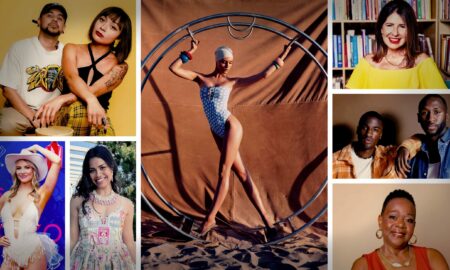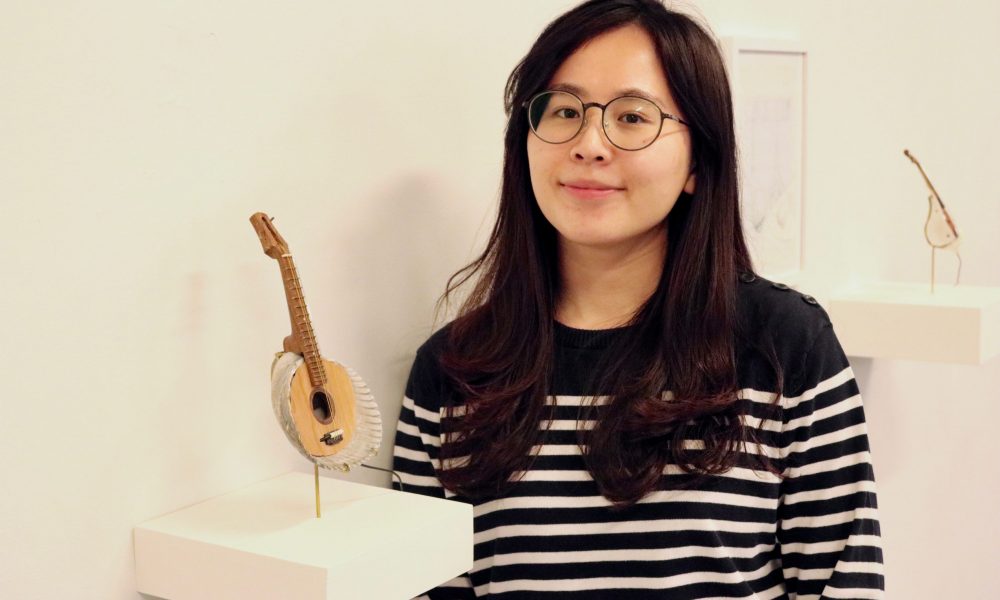

Today we’d like to introduce you to Tzu-Ying (Naomi) Chan.
Hi Tzu-Ying (Naomi), thanks for sharing your story with us. To start, maybe you can tell our readers some of your backstory.
I am a curator, writer, multidisciplinary artist, and art teacher based in New York City. My diverse career journey has converged to illuminate a contemporary concern that resonates deeply with my aspirations. This theme is intricately woven into my artistic and curatorial practice, reflecting my contemplation of humanity’s relationship with the natural environment and the interconnections between national boundaries and cultures.
After completing my master’s degree in Curatorial Practice at the School of Visual Arts, I began to realize that my curatorial approach has been significantly enriched by my previous experience as an artist. Across mediums such as ceramics, oil painting, silkscreen, and sculpture, I explored the theme of personal relationships and interactions, exemplified in my oil painting series, the “Gazing Series” (2018). This series captures the intimate interactions and relationships with my friends. Using a diverse palette of colors, I aimed to articulate and capture the unique emotions associated with each individual’s distinct characteristics.
As both an artist and curator, I approach the planning and organization of exhibitions with a keen focus on bringing various artworks together to articulate a major concept. Before selecting works, I meticulously considered the dynamics and the overall atmosphere of the show. I constantly challenge myself, asking what I intend the audience to experience from the exhibition and the conceptual narrative I wish to present. My goal is to present a captivating and immersive experience for the audience. The process of curating a show mirrors the way of creating artwork – contemplating the color, tone, and overall essence of each piece.
After coming to the United States, my curatorial practice has been thematically influenced by my experience working at the Queens Museum in Flushing, renowned for its multiculturalism. The Queens Museum is dedicated to presenting art from artists in diverse ethnic, cultural, and international communities. This experience inspires me to understand and appreciate art from various cultures. I envision curating artworks from different cultures together can allow the audience to rethink and build a harmonious society.
Another significant source of inspiration for me is the daily walk between the subway station and the Queens Museum. During these strolls, I observe the natural environment surrounding the museum. After work, I find it important to take some time to meditate, slowing down my steps to notice the rustling leaves and swaying trees, accompanied by the enchanting scents of the earth and flowers. These subtle distinctions in the natural environment trigger my curiosity to compare the busy world we are living in.
Alright, so let’s dig a little deeper into the story – has it been an easy path overall and if not, what were the challenges you’ve had to overcome?
Transitioning from a multidisciplinary artist to a curator, I embarked on a research-based profession that required strong critical thinking skills in curation, writing, and conceptualizing artwork. These skills were quite different from what I had learned in my earlier education in Taiwan. The primary challenge I encountered centered around developing the ability to question and thoroughly research the art that I was working with. I dedicated a significant amount of time to practice, writing, and ensuring the clear expression of my thoughts. Throughout my master’s degree journey at SVA, these challenges not only influenced my approach to curatorial practice but also highlighted the transformative nature of the learning process. Ultimately, this learning process has equipped me with the skills to navigate diverse career paths in the future.
Appreciate you sharing that. What else should we know about what you do?
One of the exhibitions that I curated is “Human and Nature: Turning Conflict into Harmony.” The show demonstrates my exploration of humanity’s relationship with the surrounding natural world. Featuring artists Tatiana Arocha, Shuyi Cao, Ming-Jer Kuo, and Kazumi Tanaka, the exhibition represents their observations and encounters with the environments among lands, plants, animals, and suburban areas. It addresses how nature is essential to us and suggests how humans might begin to restore the bonds that have been broken.
The exhibition showcases my awareness of the natural world. In my art, writing, and curated exhibitions, I strive to articulate a distinctive voice. With a central theme of caring for our natural environment and embracing diverse cultures, I aim to raise awareness and encourage appreciation for the beauty found in the distinctions between humanity, nature, and nations. This commitment and perspective underscore my dedication to contributing meaningfully to the art world and bridging connections between people and the environment.
Are there any important lessons you’ve learned that you can share with us?
I also want to share that I author curatorial perspective articles for Crossing Magazine, a global platform that serves a diverse and vibrant young audience in Taiwan. When I embarked on the journey of publishing my curatorial perspective articles about attractions in the United States, my mission and ambition were clear: to offer Taiwanese readers a fresh and distinctive narrative of curation and curatorial practices in the United States.
My aim is to share more of what I see, experience, and feel in the art realm of the United States. My approach to publishing curatorial articles combines the critical thinking I have cultivated during my master’s degree studies with the artistic insights that stem from my background as an artist. This fusion of knowledge and creative vision enables me to engage with the audience in a unique and compelling way. Through this distinctive lens, I am able to curate exhibitions, create art, and effectively communicate my insights through the written word.
Contact Info:
- Website: tzuyingchan.com
- Instagram: https://instagram.com/naomichan.art
- Other: Crossing Magazine: https://crossing.cw.com.tw/author/1822

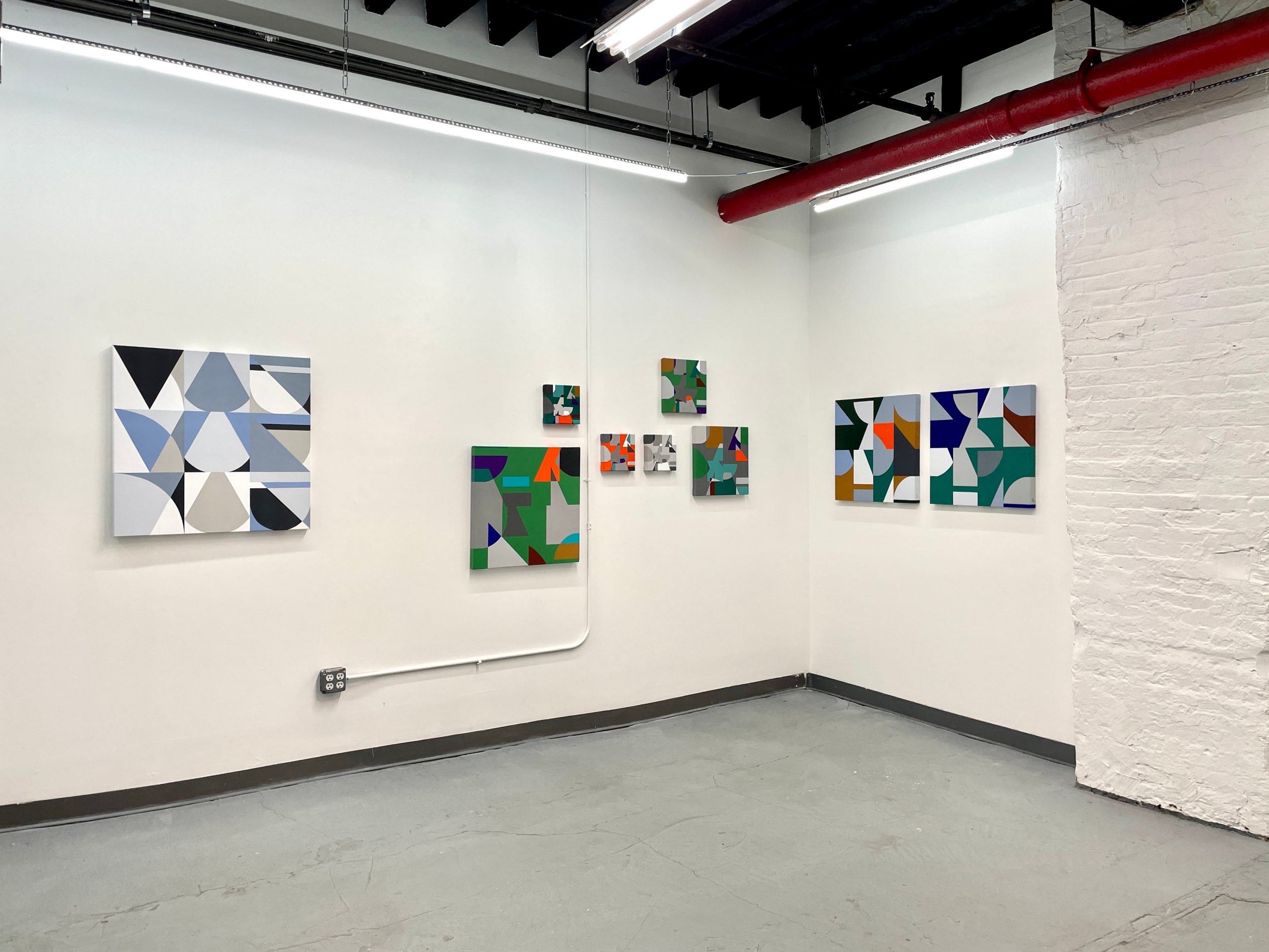
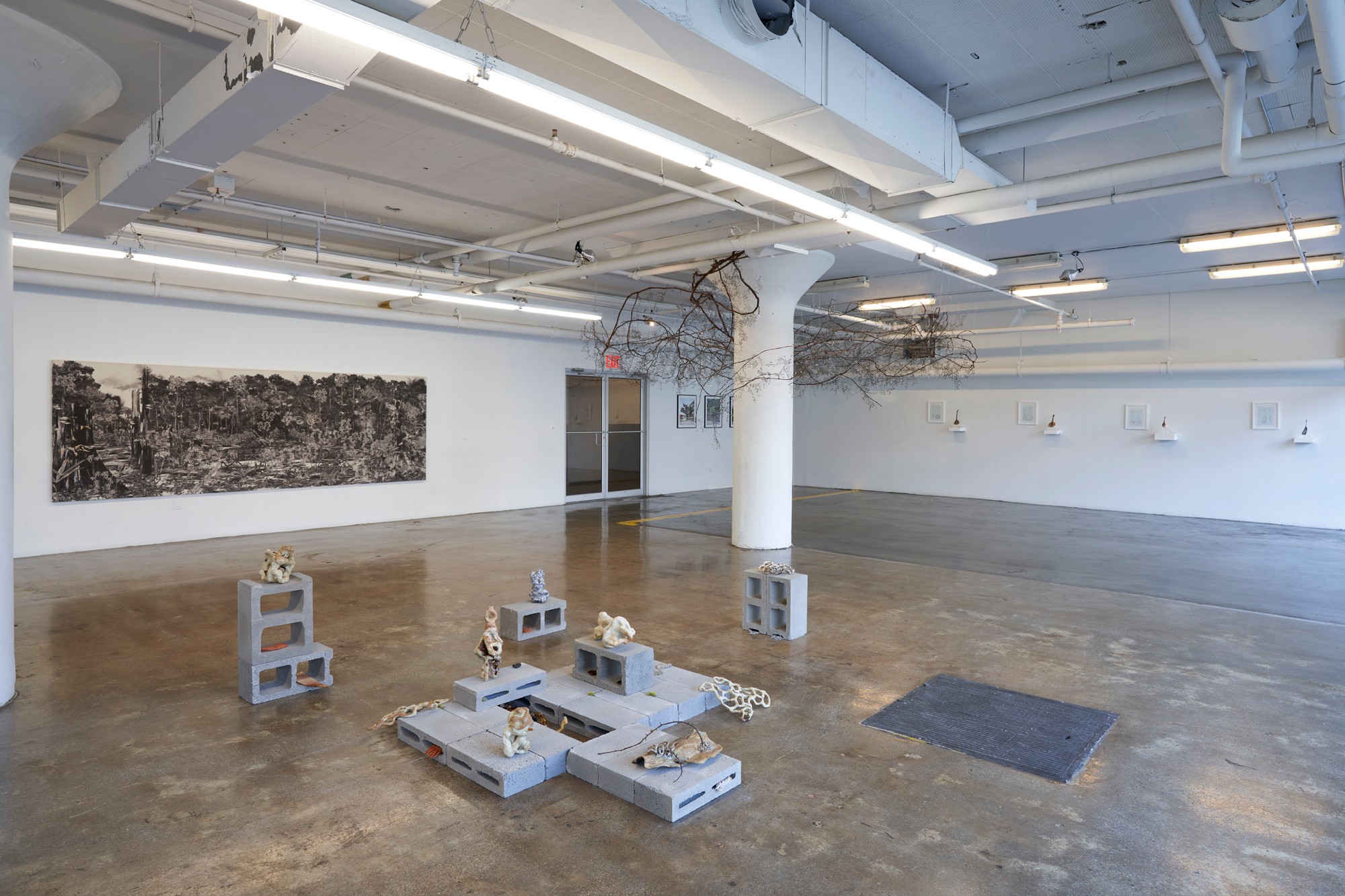
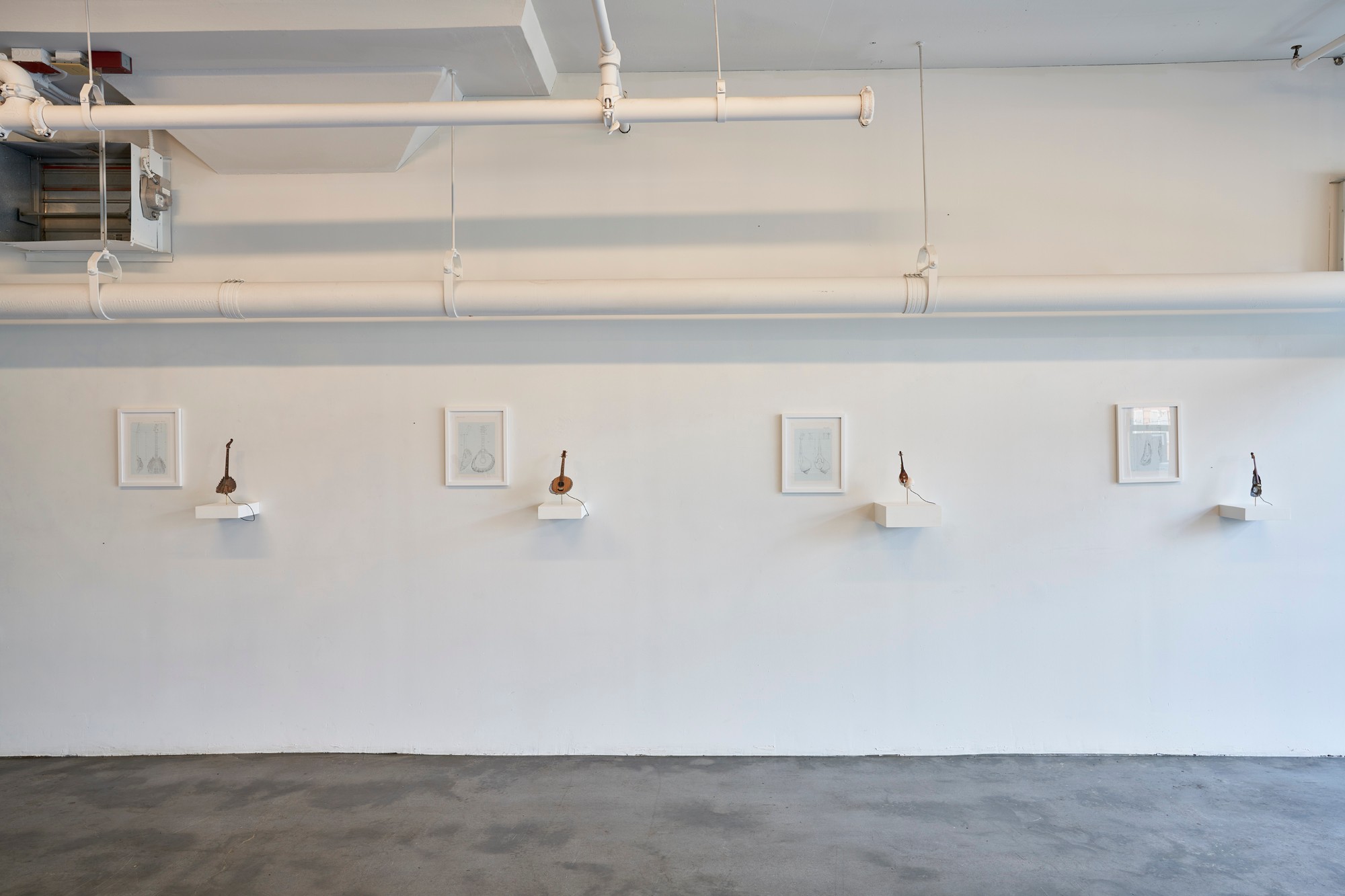
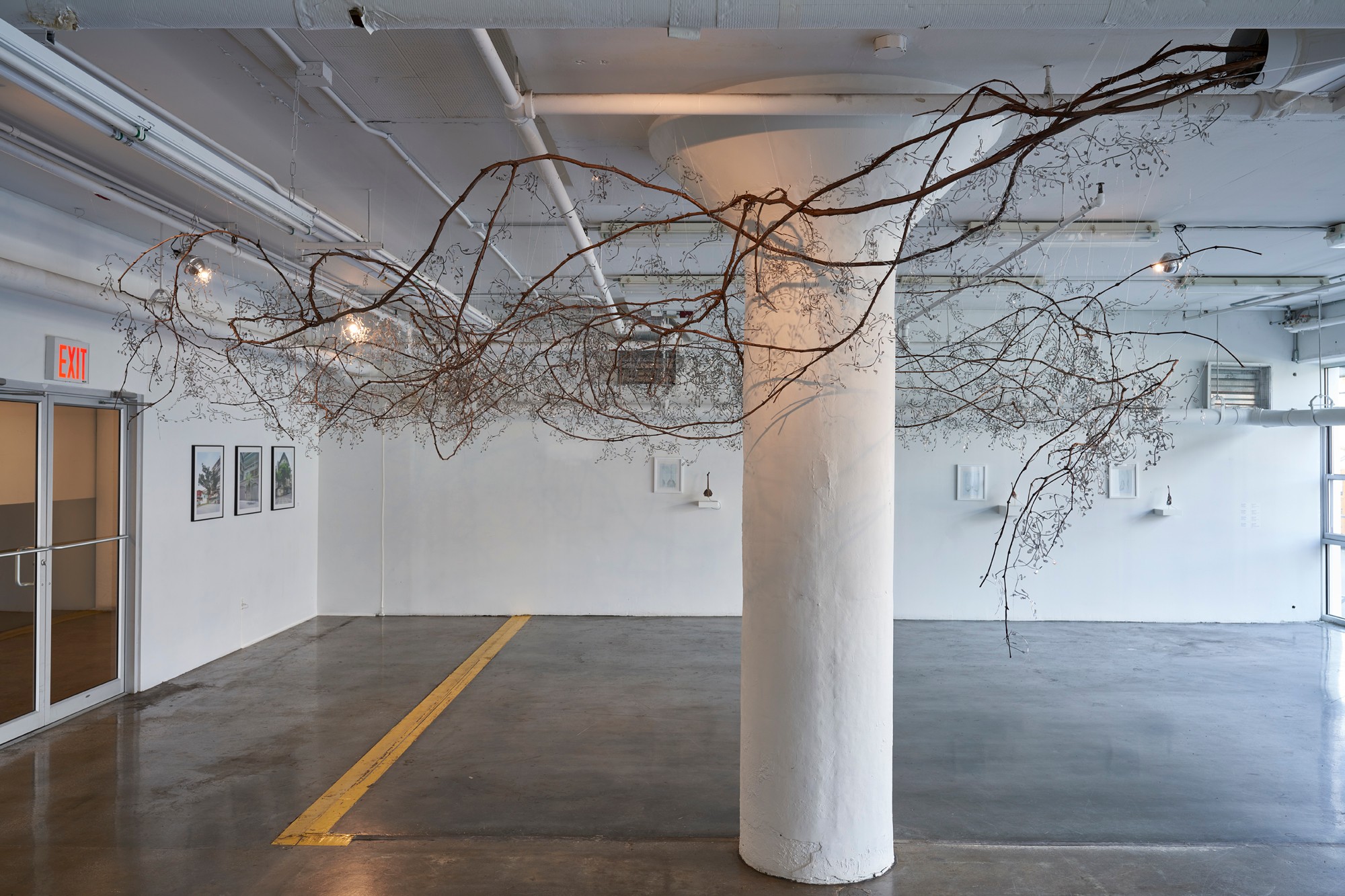
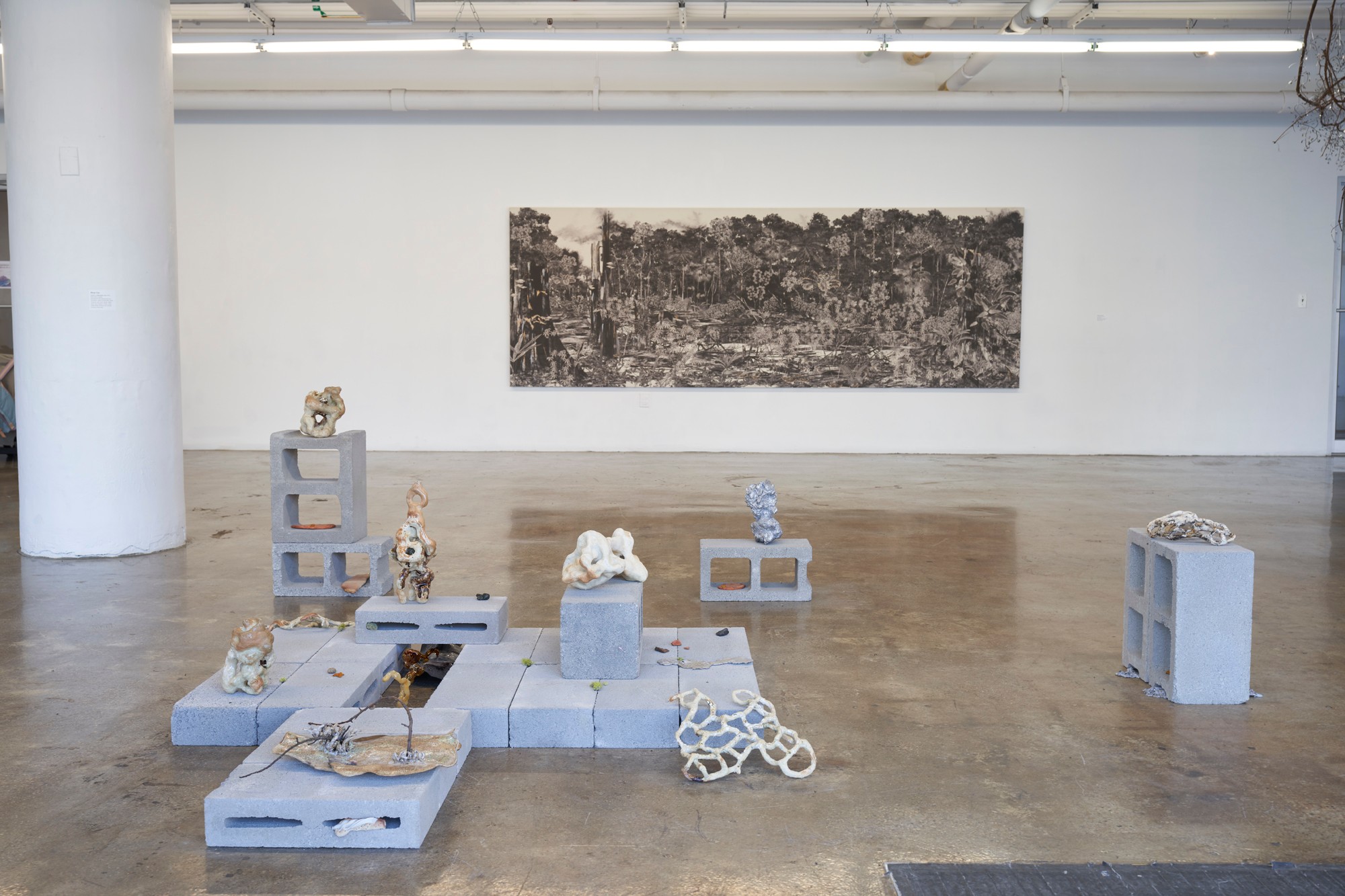
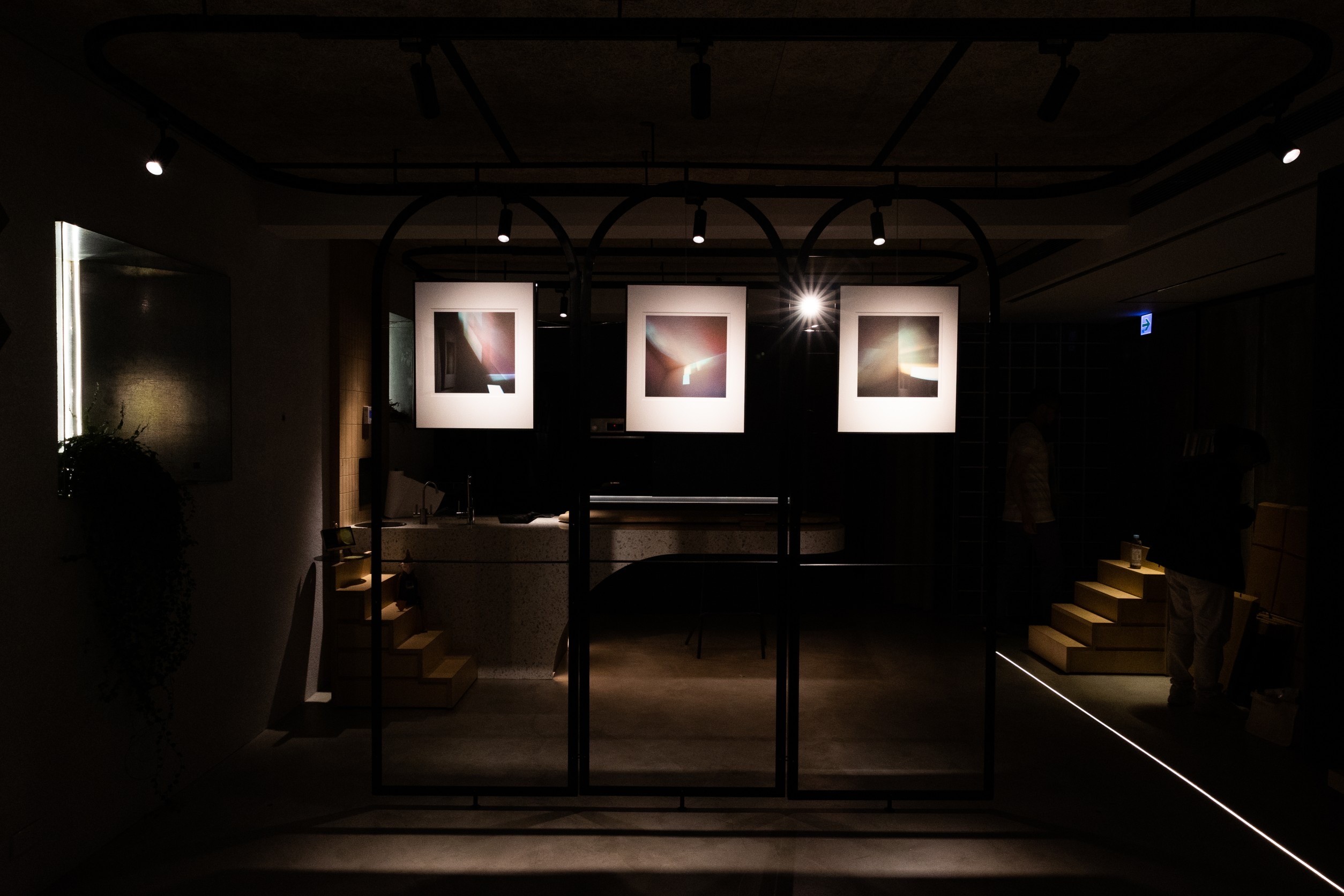
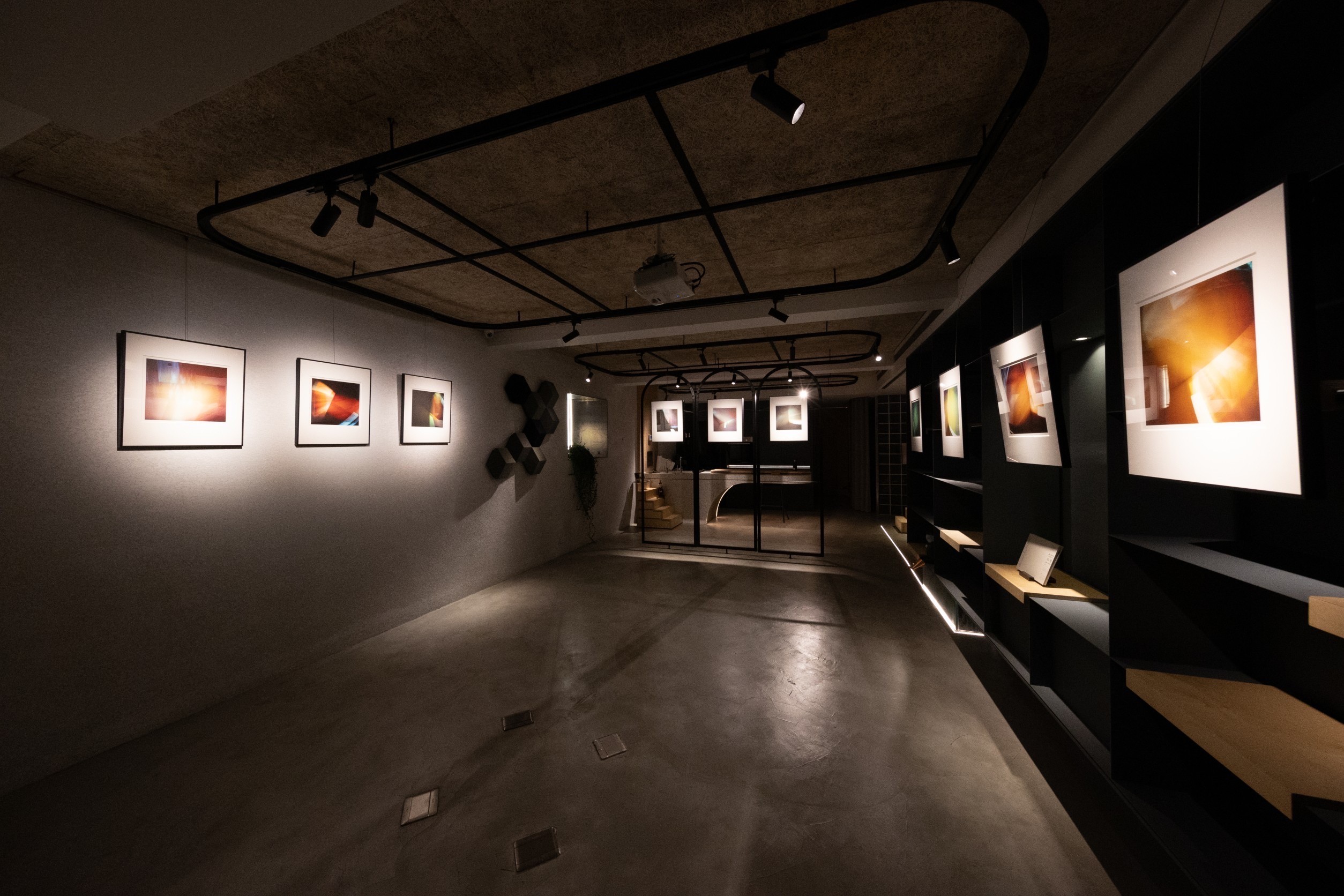
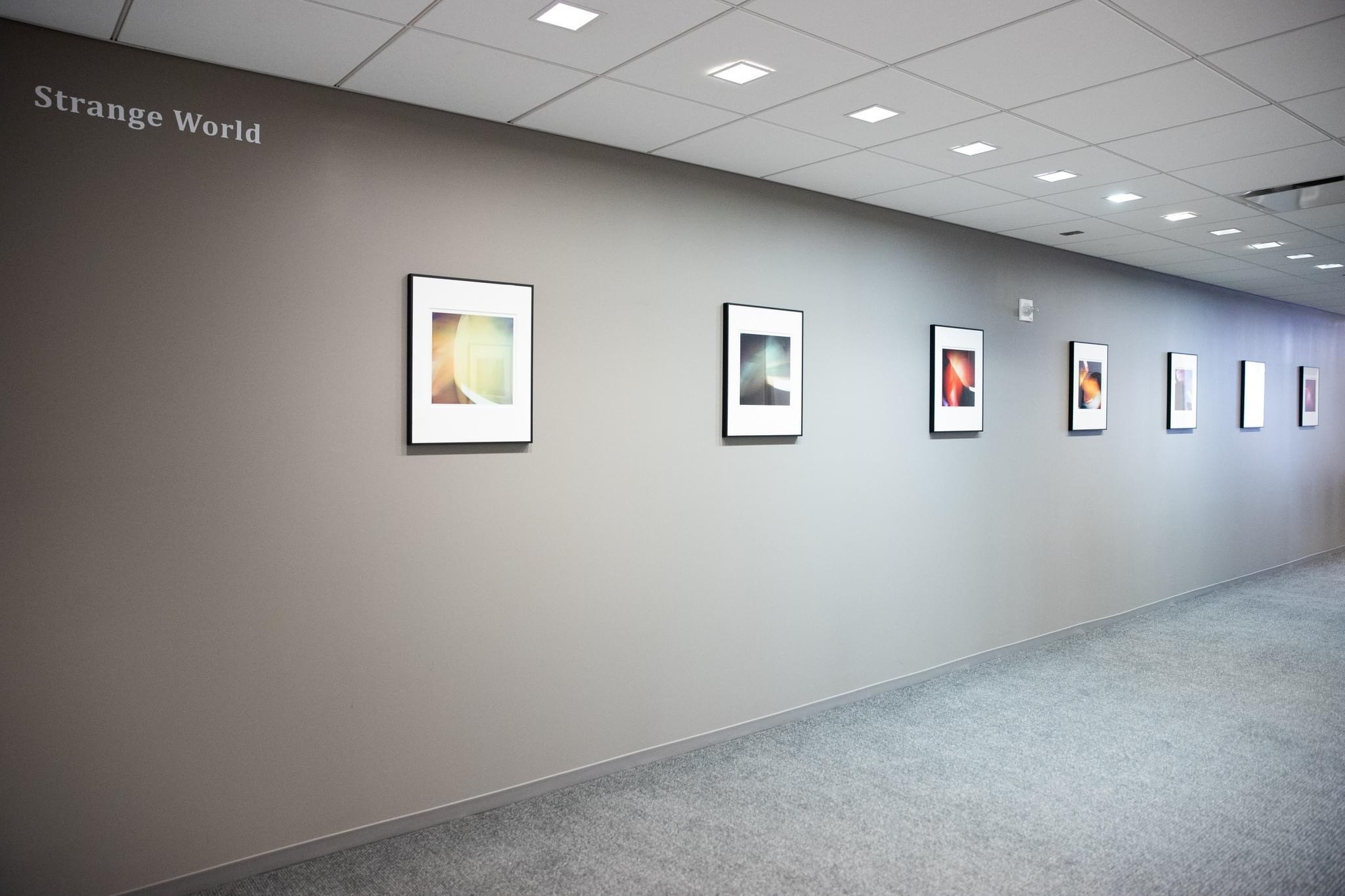

 Image Credits
Image Credits
Photograph by Wen-Han Chang and Tzu-Ying (Naomi) Chan.

